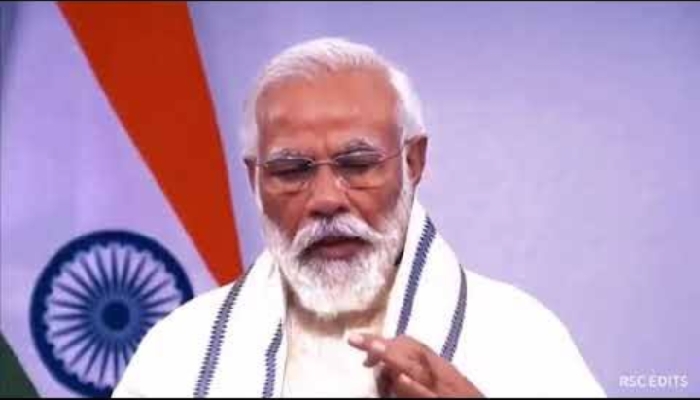Sirsa (Har), Sep 9: An illegal fire cracker factory was found on the second day of a massive sanitisation exercise inside the dera of rape convict Gurmeet Ram Rahim Singh today.
Hordes of police, paramilitary and civil administration personnel were involved in the mammoth search operation which started yesterday on the direction of Punjab and Haryana High Court.
"A fire cracker factory has been found inside the Dera premises and it is an illegal factory," said state Information and Public Relations Department Deputy Director, Satish Mehra, who has been authorised by the administration to speak to the media.
He said some explosive material to be used in making fire crackers was also found. "The illegal factory has been sealed," Mehra said.
An unregistered luxury car and some banned currency notes were yesterday seized from the dera of Singh during the sanitisation exercise which also involved forensic examination of his so-called cave where he allegedly used to sexually exploit women.
Besides, some rooms were also sealed and hard disk drives and unlabelled medicines recovered during the 12-hour day long exercise.
The entire sanitisation process is being videographed and overseen by retired District and Sessions Judge, A K S Pawar, who was appointed as Court Commissioner by the Punjab and Haryana High Court on Tuesday.
Curfew remains in force on the road leading inside the dera headquarters. No unauthorised person was being allowed to go inside the dera premises. However, life remained normal in Sirsa city.
A large number of vehicles including police buses and paramilitary vehicles, Quick Reaction Team vehicles, bomb disposal squad and anti-sabotage team vehicles, carrying cops and paramilitary personnel made their way inside the dera premises this morning, officials said.
Vehicles of the district administration carrying officials drawn from various government departments also made their way inside the Dera premises.
Besides, some fire tenders, heavy earth moving machines and tractors have also been pressed into service for the sanitisation exercise.
Sixteen 'nakas' have been set up near the dera and forty-one companies of paramilitary forces have been deployed in Sirsa district.
A number of dera followers who had parted ways with the sect head, have reportedly told the media earlier that except for the dera chief and his close aides, nobody was allowed to enter the 'Gufa' or private residence.
The dera, spread over nearly 800 acres, has been divided into ten zones for the purpose of sanitisation and searches, with each zone under the control of a senior officer.
The premises of the dera, whose chief Gurmeet Ram Rahim Singh was jailed for 20 years in two rape cases last month, houses educational institutions, markets, a hospital, stadium, recreational areas and houses.
The dera chief, who featured in a few films directed and co-produced by himself, also has some shops in the complex where consumer products launched two years ago under "MSG" brand are sold.






Comments
Add new comment